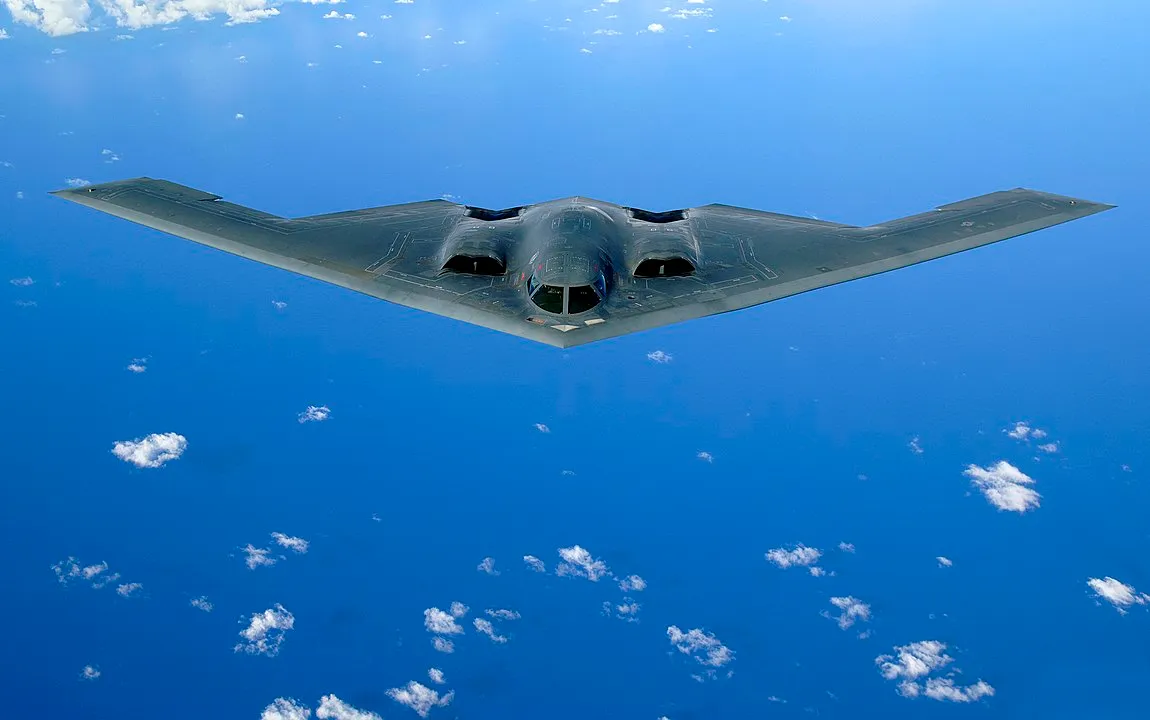The New York Times’ David Sanger reported yesterday that President Joe Biden approved last March a highly classified nuclear strategic plan for the United States that, for the first time, reorients America’s deterrent strategy to focus on China’s rapid expansion in its nuclear arsenal. The document, called the Nuclear Employment Guidance, is so highly classified that only a few printed copies of it exist, but Biden Administration officials have alluded to it in two public speeches.
“The President recently issued updated nuclear-weapons employment guidance to account for multiple nuclear-armed adversaries,” Vipin Narang, an MIT nuclear strategist who served in the Pentagon, said earlier this month before returning to academia. “And in particular,” he added, the weapons guidance accounted for “the significant increase in the size and diversity” of China’s nuclear arsenal.
“It is our responsibility to see the world as it is, not as we hoped or wished it would be,” Narang said as he was leaving the Pentagon. “It is possible that we will one day look back and see the quarter-century after the Cold War as nuclear intermission.” The new challenge is “the real possibility of collaboration and even collusion between our nuclear-armed adversaries,” he said.
In June, the National Security Council’s senior director for arms control and nonproliferation Pranay Vaddi also referred to the document, the first to examine in detail whether the United States is prepared to respond to nuclear crises that break out simultaneously or sequentially, with a combination of nuclear and nonnuclear weapons. The new strategy, Vaddi said, emphasizes “the need to deter Russia, the P.R.C. and North Korea simultaneously.”
Chinese Foreign Ministry spokeswoman Mao Ning told reporters this morning that China “gravely concerned” about the New York Times report. “As we have seen over the past few years, the U.S. has called China a ‘nuclear threat’ and used it as a convenient pretext for the U.S. to shirk its obligation of nuclear disarmament, expand its own nuclear arsenal and seek absolute strategic predominance,” she said. “The size of China’s nuclear arsenal is not on the same level with the U.S. China follows a policy of ‘no first use’ of nuclear weapons and always keeps its nuclear capabilities at the minimum level required by national security. We have no intention to engage in any form of arms race with other countries.
“In contrast, the U.S. sits on the largest and most advanced nuclear arsenal in the world. Even so, it clings to a first-use nuclear deterrence policy, and has invested heavily to upgrade its nuclear triad and blatantly devised nuclear deterrence strategies against others,” Mao continued. “It is the U.S. who is the primary source of nuclear threat and strategic risks in the world. China urges the U.S. to fulfill its special and primary obligation of nuclear disarmament by further making drastic and substantive cuts to its nuclear arsenal, and stop nuclear sharing, extended deterrence, expanding nuclear alliance, and other negative moves that undermine global and regional peace and stability.”



